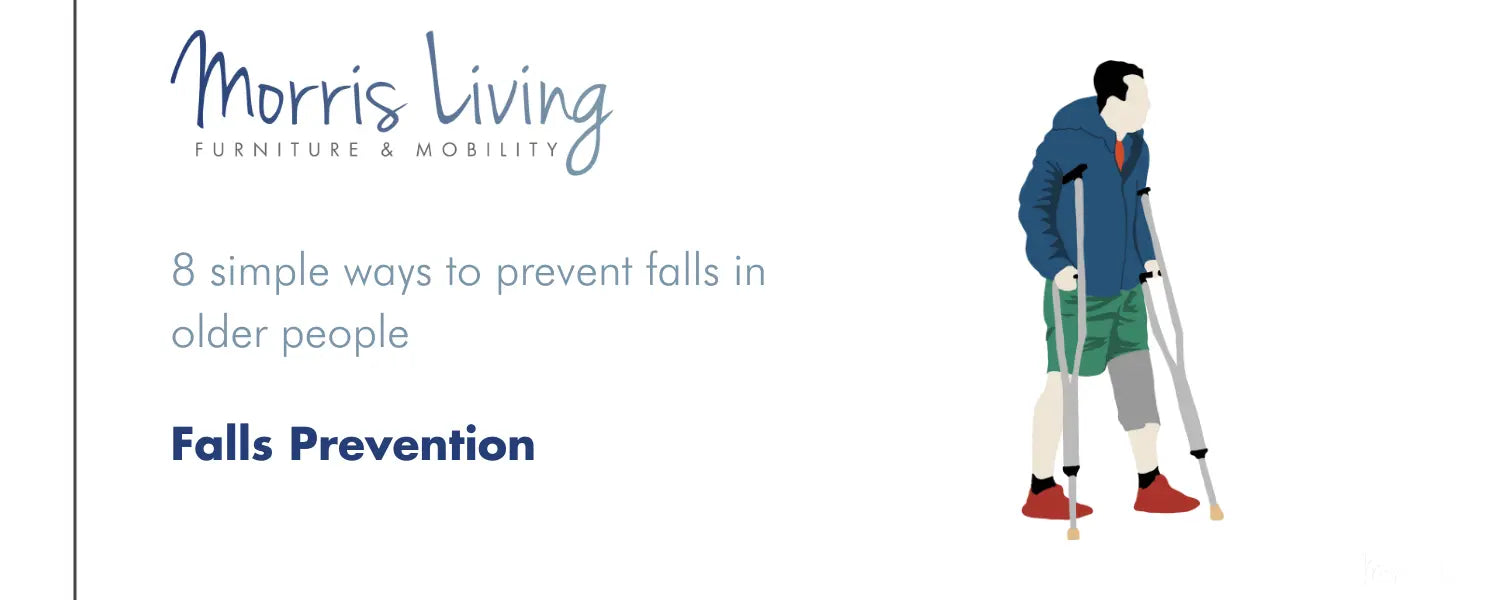
8 Simple Ways to Prevent Falls in Older People
According to the NHS, a third of people aged 65+ and one-half of those aged 80+ will fall at least once a year in the United Kingdom. The main fear of falling for an older person is the risk factors of broken bones and hip fractures that are quite common. Whilst the dangers of a fall are widely known, we think it is also important to remember that most falls do not lead to serious injury and many falls are in fact, preventable.
In today’s article, our resident Occupational Therapist and falls prevention champion Cliodhna shares her top tips on preventing falls and taking precautions to keep yourself safe when you’re at home or out and about in adherence to the most recent NHS advice and NICE guidelines.
The most effective fall prevention tips are simple to implement and don’t require much effort on your part — so they’re well worth incorporating into your daily routine and thinking about when it comes to you or your loved ones’ living conditions!
1. Keep active with strength and balance training
Strength and balance exercise, such as weight training, is an important part of preventing falls in older adults. As we age, it becomes harder to maintain our bone density and muscle mass. However, these can be improved through strength exercise and other activities such as walking. However, NICE Guidelines do not recommend an unsupervised brisk walking programme, so it is important that you follow this if you are at risk of falls.
A suitably trained healthcare professional should get you started with the exercises and check how you are getting on with them. Exercises that can be carried out at home are also available. Ask a GP about training programmes in your area.
Another perhaps less common form of exercise that research has found can reduce the risk of falls is Tai chi. Tai chi is a Chinese martial art that places particular emphasis on movement, balance, and coordination. Unlike other martial arts, tai chi does not involve physical contact or rapid physical movements, making it an ideal activity for older people.
For more information on how to implement some exercise into your routine, check out one of our past blog posts on the topic here.
2. Slow down before you stand up
Whenever you’re feeling lightheaded or dizzy, it can be hard to stand up without assistance. If you begin to feel faint while trying to stand up, ensure that you sit back down and rest a minute before attempting to get up again. To prevent falls caused by low blood pressure, which is known in the medical world as hypotension, it is recommended that you sit down if you’re suddenly feeling lightheaded or dizzy. It is important that you get adequate rest and keep your feet raised so that your blood flow can work optimally again. Make sure to make an appointment to get checked by your GP too when you feel able to.
3. Medication Review
Older people on psychotropic medications should have their medication reviewed, with specialist input if appropriate, and discontinued, if possible, to reduce their risk of falling. Certain medicines can make a fall more likely. If you take one or more of these medicines, your doctor should talk with you about how much they help you and whether you could stop taking them.
4. Have regular eye exams
Another health care factor that increases the risk of falls in older individuals is poor eyesight or out-of-date eye prescriptions. If you find yourself tripping more often than usual or struggling to see the paper or your TV, it is time to book an eye test. Doing so can reduce your risk of falling in the future and ensure that your eye health is also taken care of.
5. Don’t be afraid to accept help!
Even if you feel like an independent adult, if you have an increase in your risk of falls there’s no shame in accepting help. A home hazard assessment should be carried out by an Occupational Therapist or a suitably trained healthcare professional, who will visit your home and check for anything in your home which may put you in danger of having a fall. They can recommend any changes that you might make in your home, prescribe special equipment or assistive devices that might help you to avoid a fall.
6. Remove tripping hazards
Falls in homes and supported housing organisations happen often, with or without warning. Don’t risk it: remove tripping hazards from your home or senior community immediately. It’s simple but will eliminate falls by ensuring your home is free from any objects, wires, worn-out materials, or changing the layout of furniture that could cause a trip or fall. The NHS advises using non-slip mats and rugs, ensuring all rooms and passages are well lit, and removing clutter.
7. Take extra precautions in the bathroom!
Bathrooms are very commonplace for falls to occur. According to this article by Belvedere Home Care, bathroom items like sinks, toilets, showers, and wet or steamed floors can induce a fall when an older individual uses a bathroom. There are some ways you can make a bathroom safer for use, especially for an older individual you know who lives in the community alone.
Adding additional support features like a rail for holding when entering and exiting the shower can be a financially friendly way of keeping safe. Some older people who perhaps need a full bathroom renovation are encouraged to make their bathroom into more of a wet room style by removing the shower walls and adding in a dipped floor surface. The NHS website has some information on financial support and availing of a home assessment if you or someone you know may require one. Check out this valuable information here.
8. Look after your feet.
Simply thinking about your footwear can be the most effective falls prevention intervention. Avoid walking on slippery floors and surfaces in socks or tights. Ensure that you are not wearing loose-fitting, trailing clothing that may trip you up. It is vital to wear well-fitted shoes that are in good condition and offer ankle support.
Remember to take care of your feet by trimming toenails and seeing a GP or podiatrist about any foot problems.

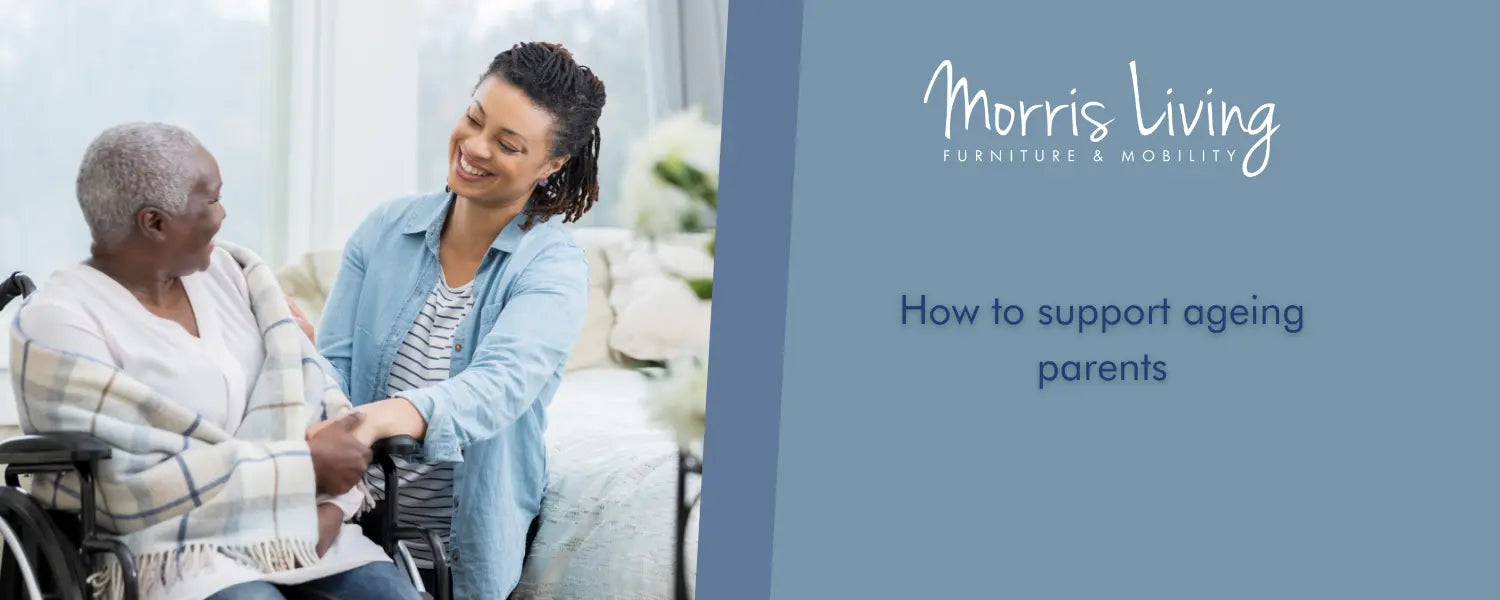
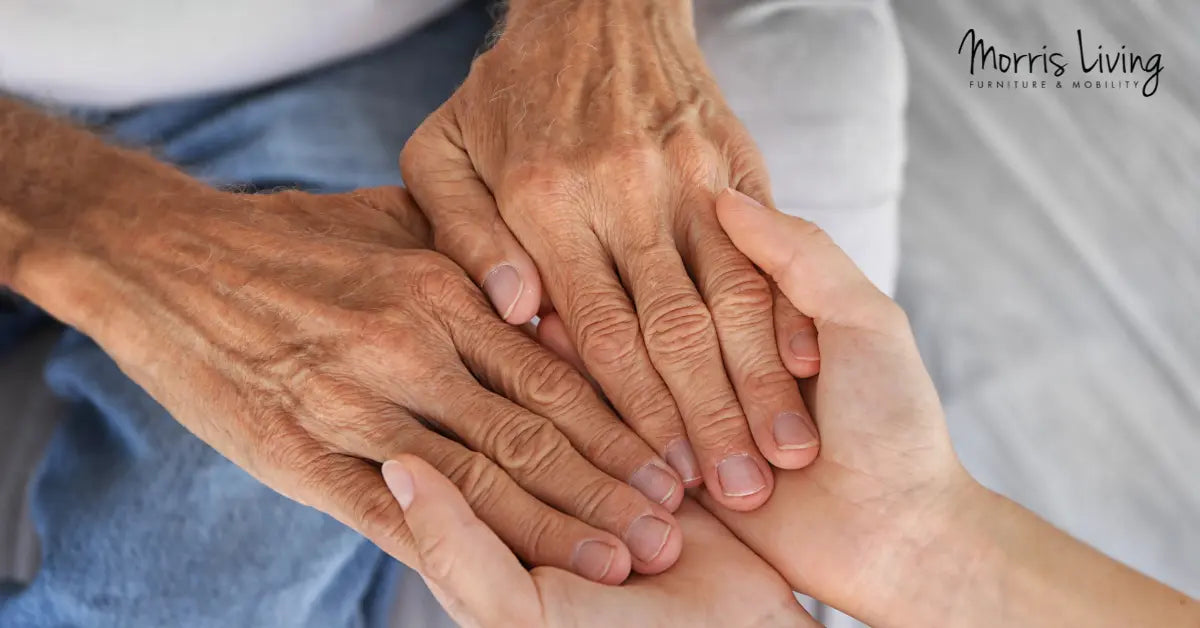
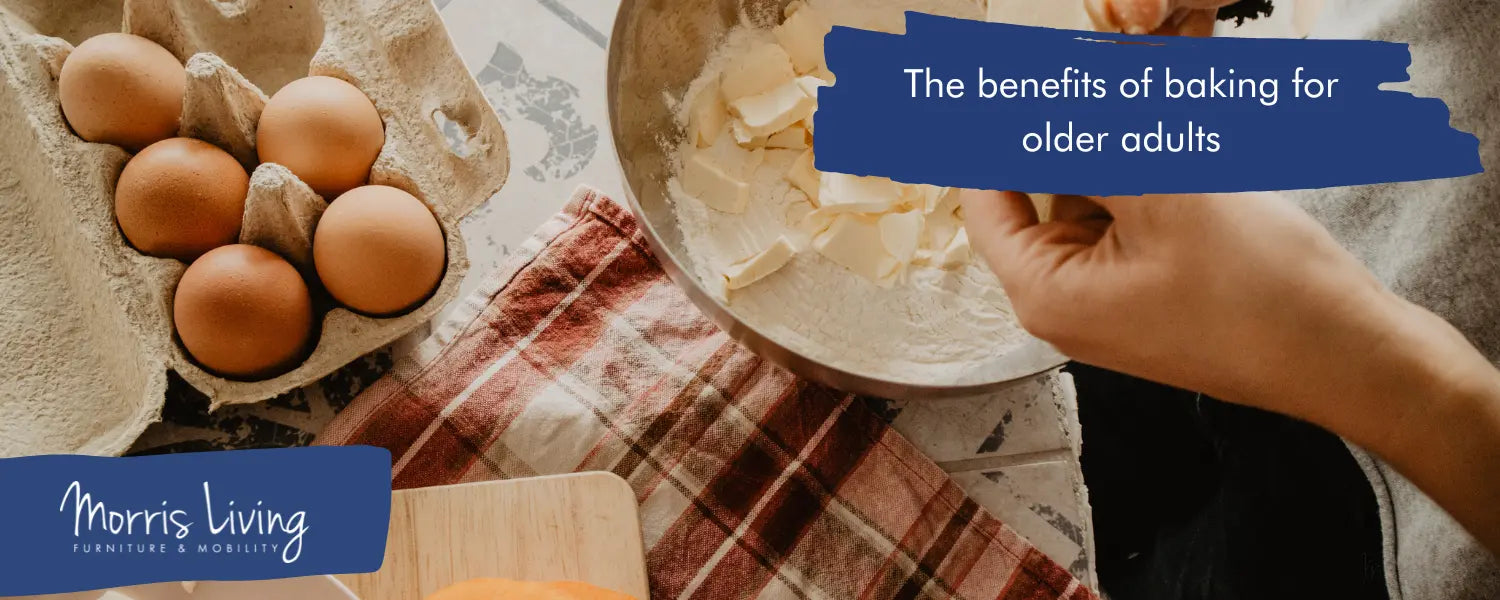
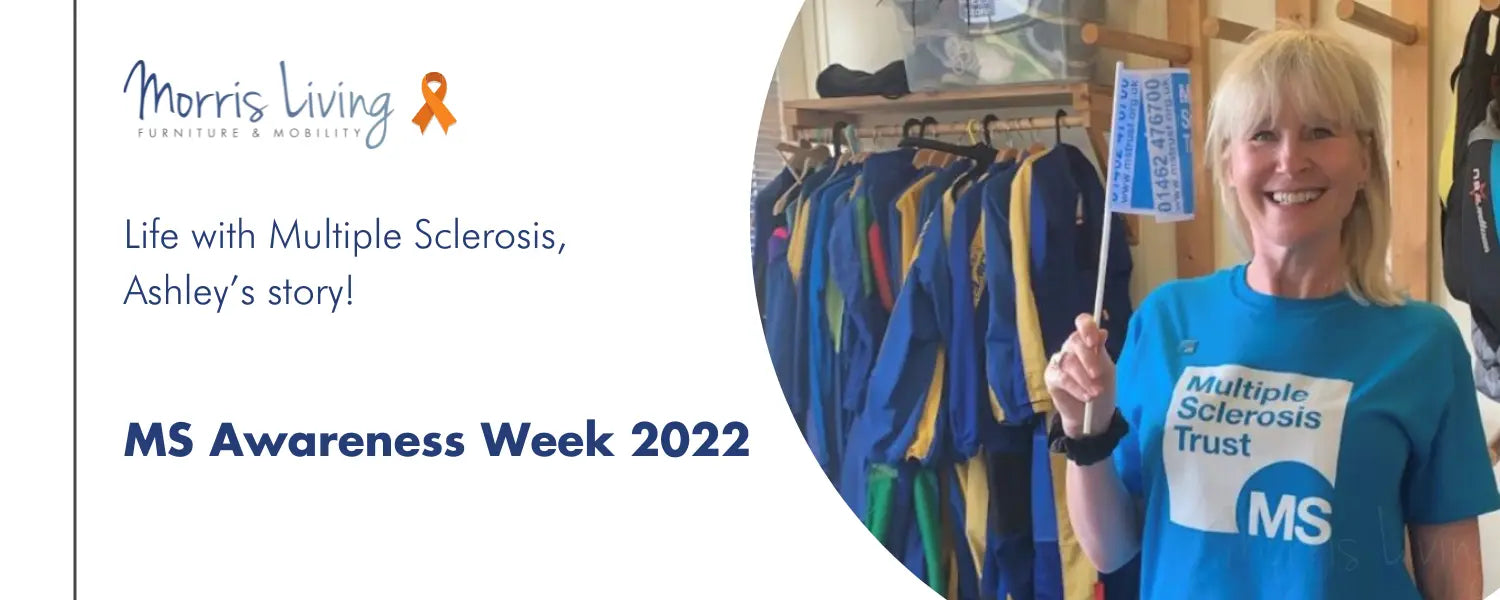
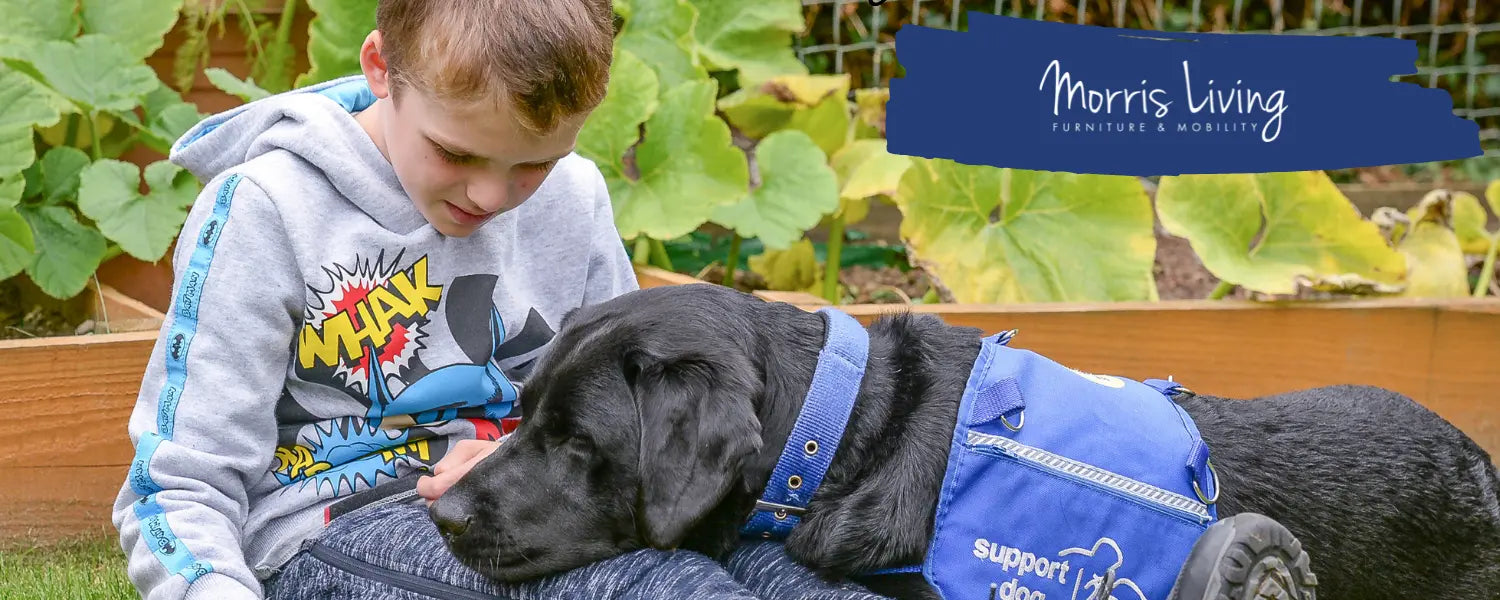
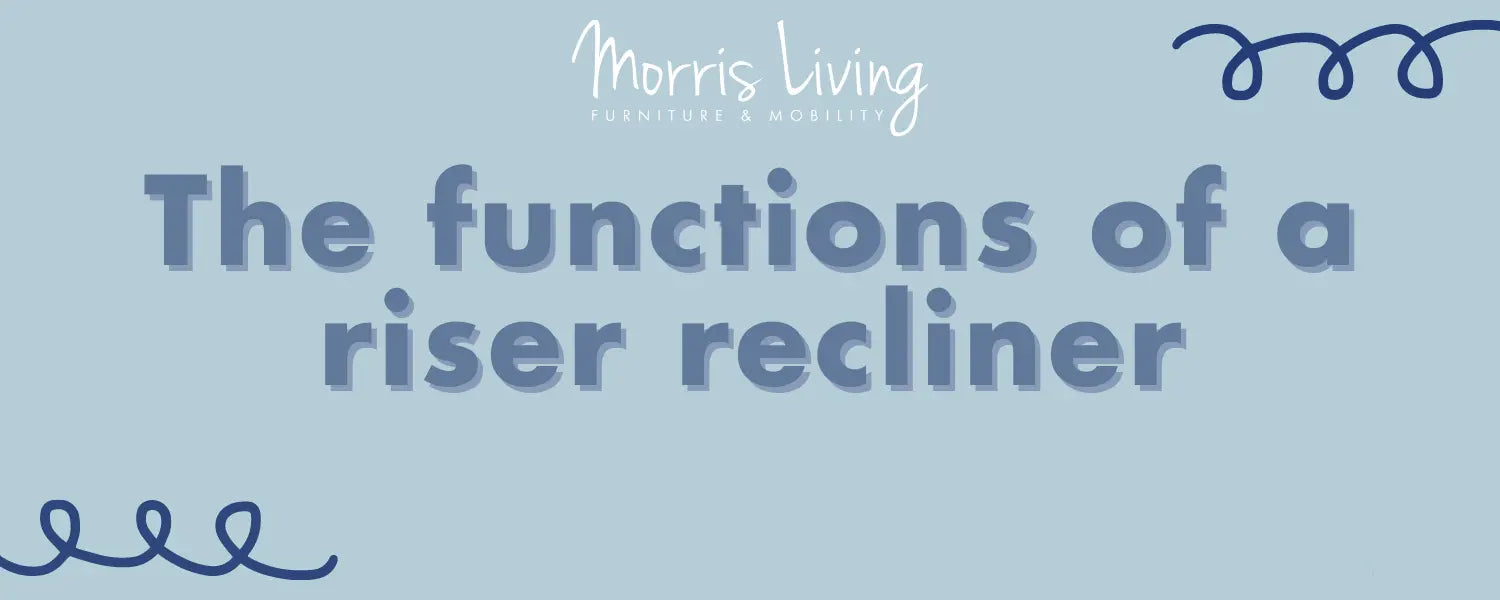
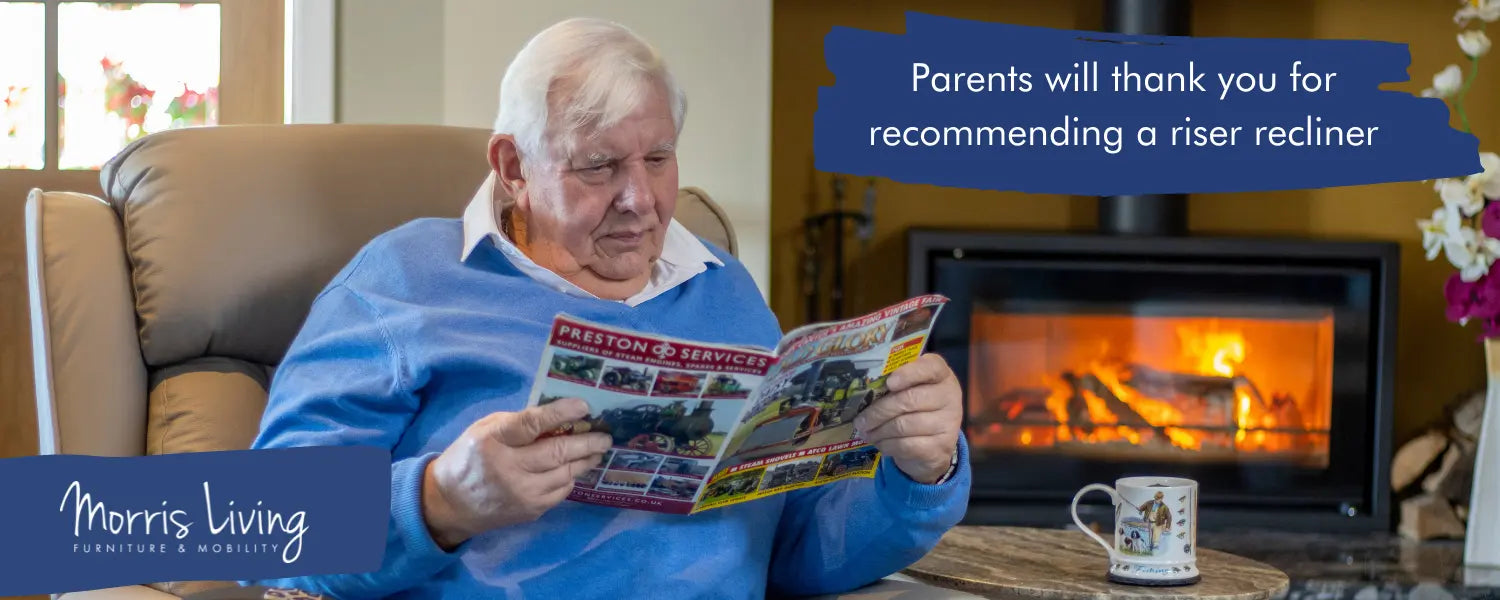


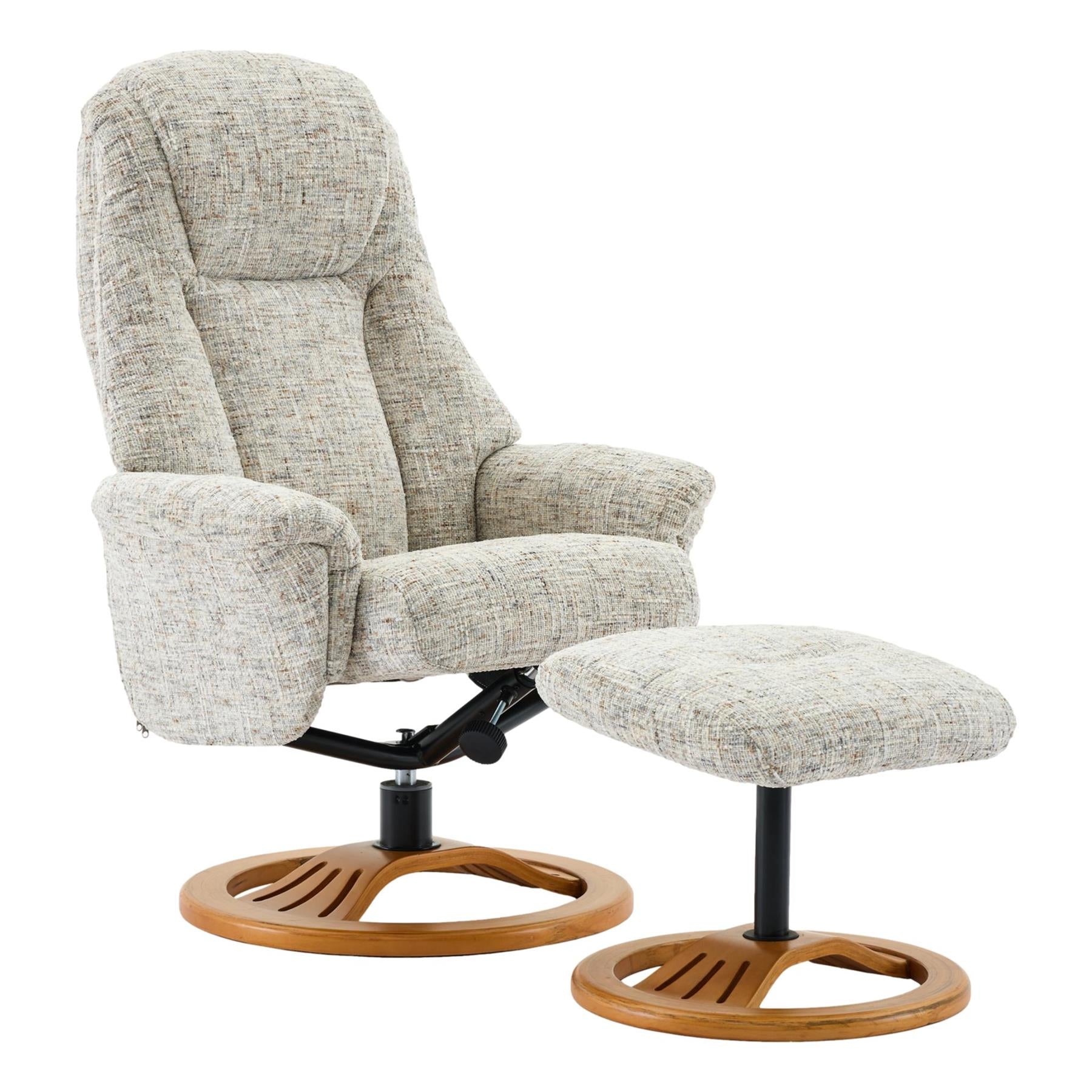
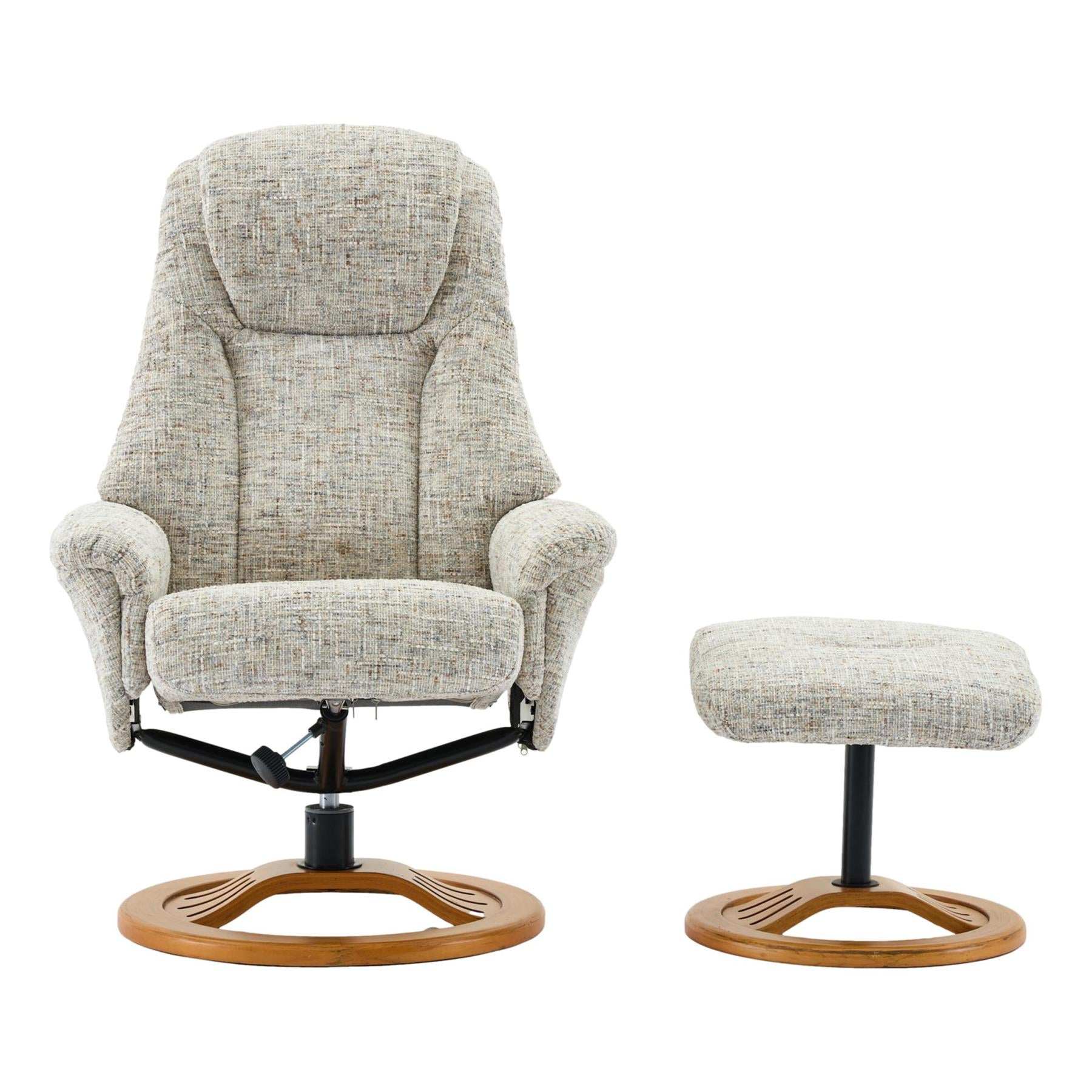
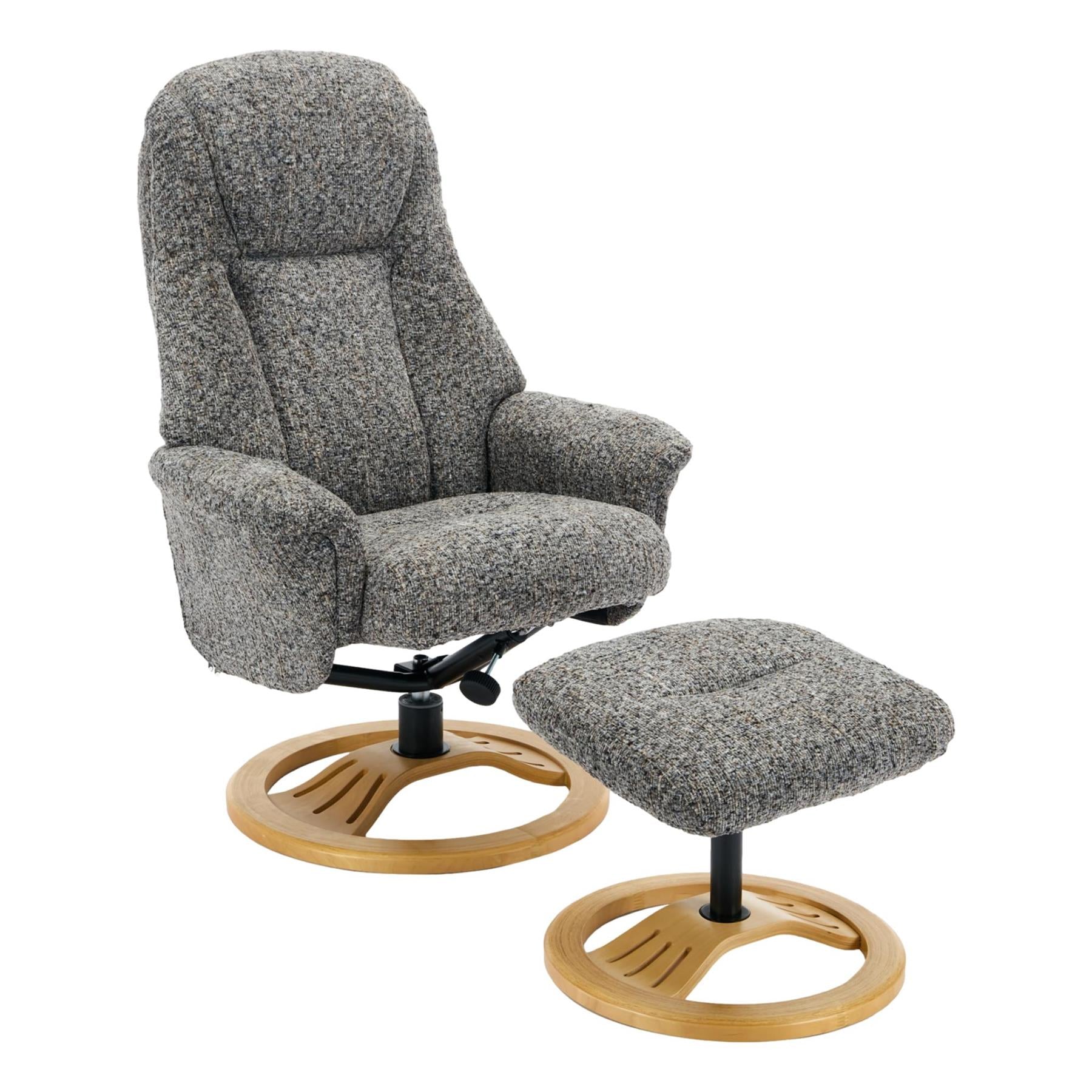
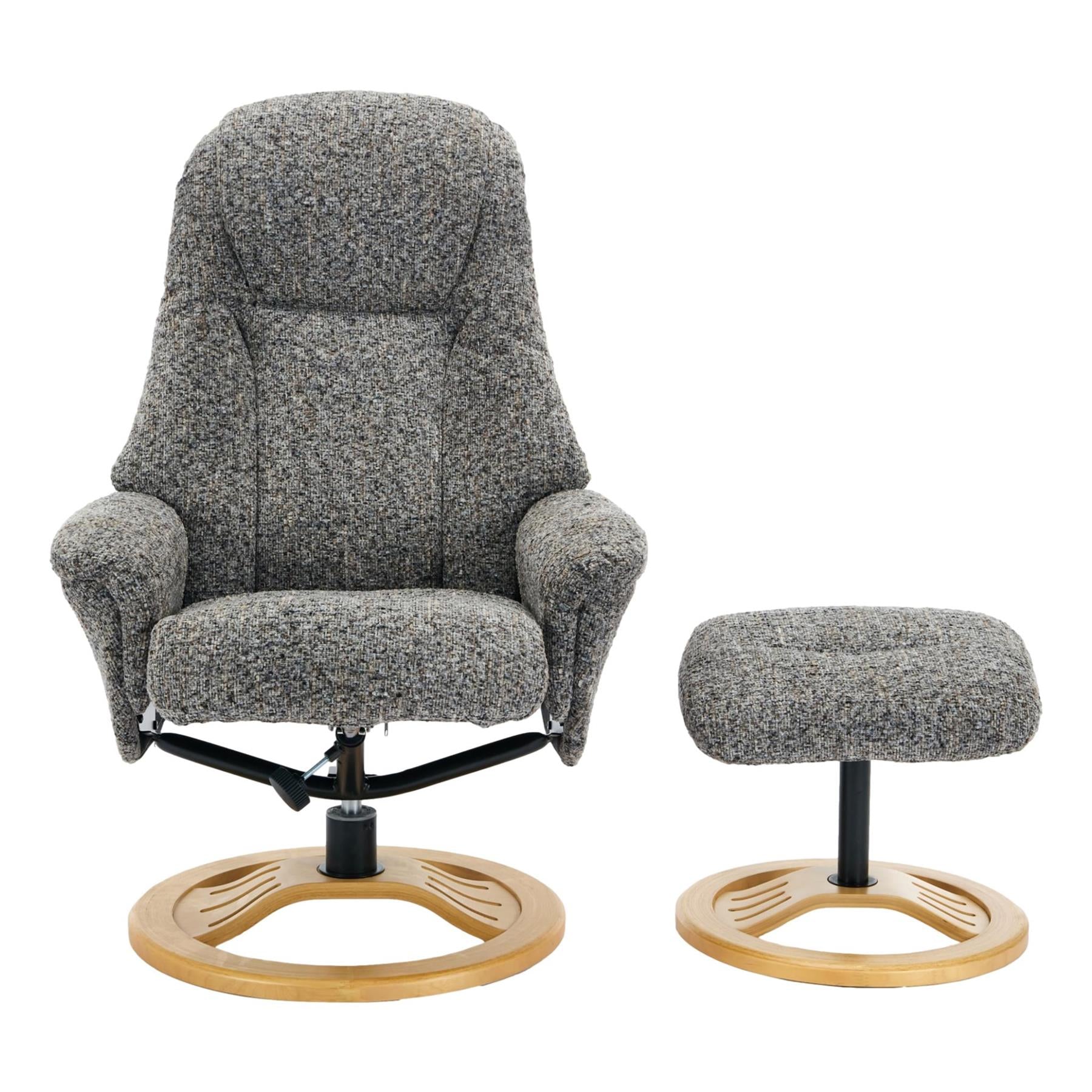
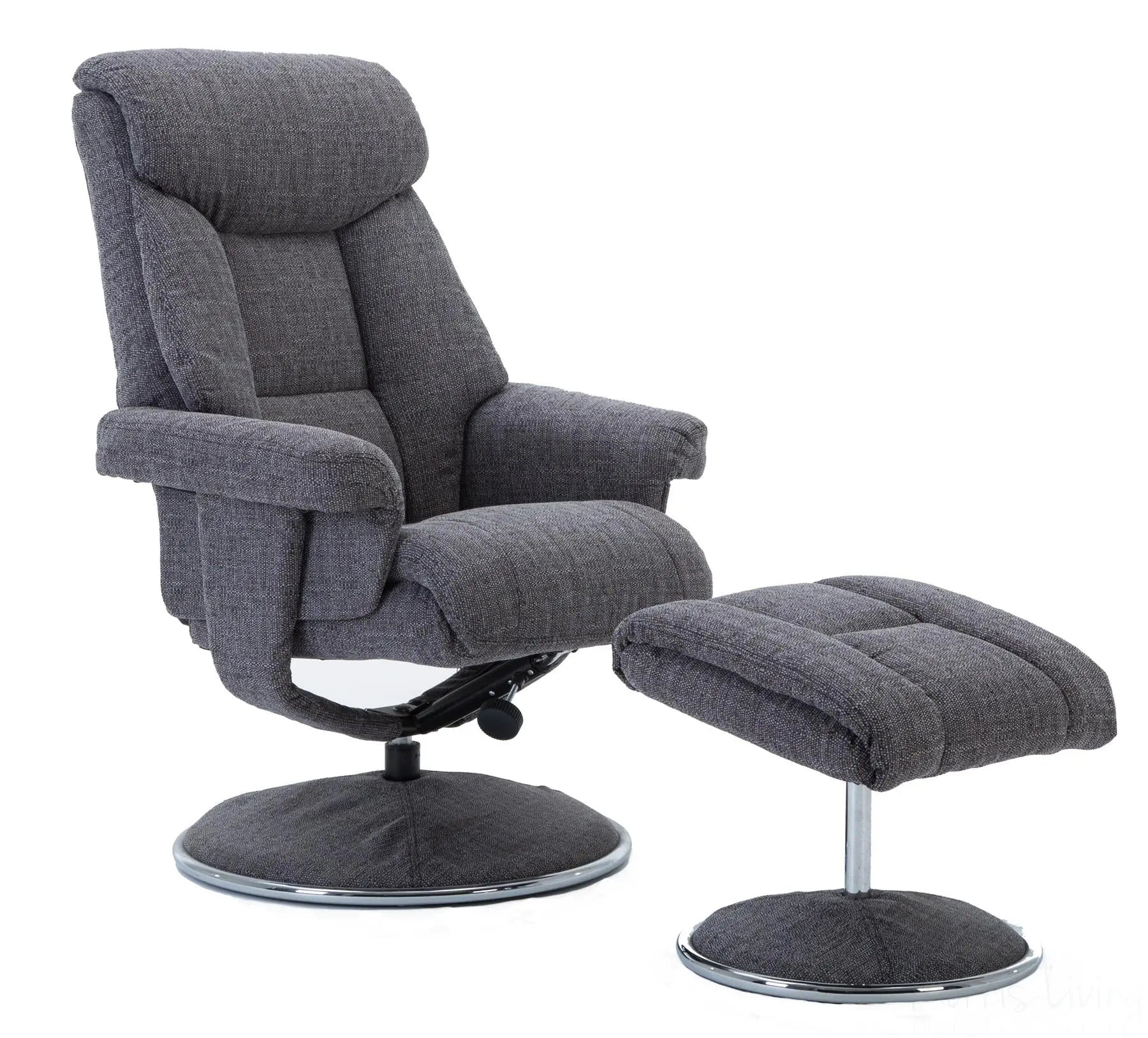
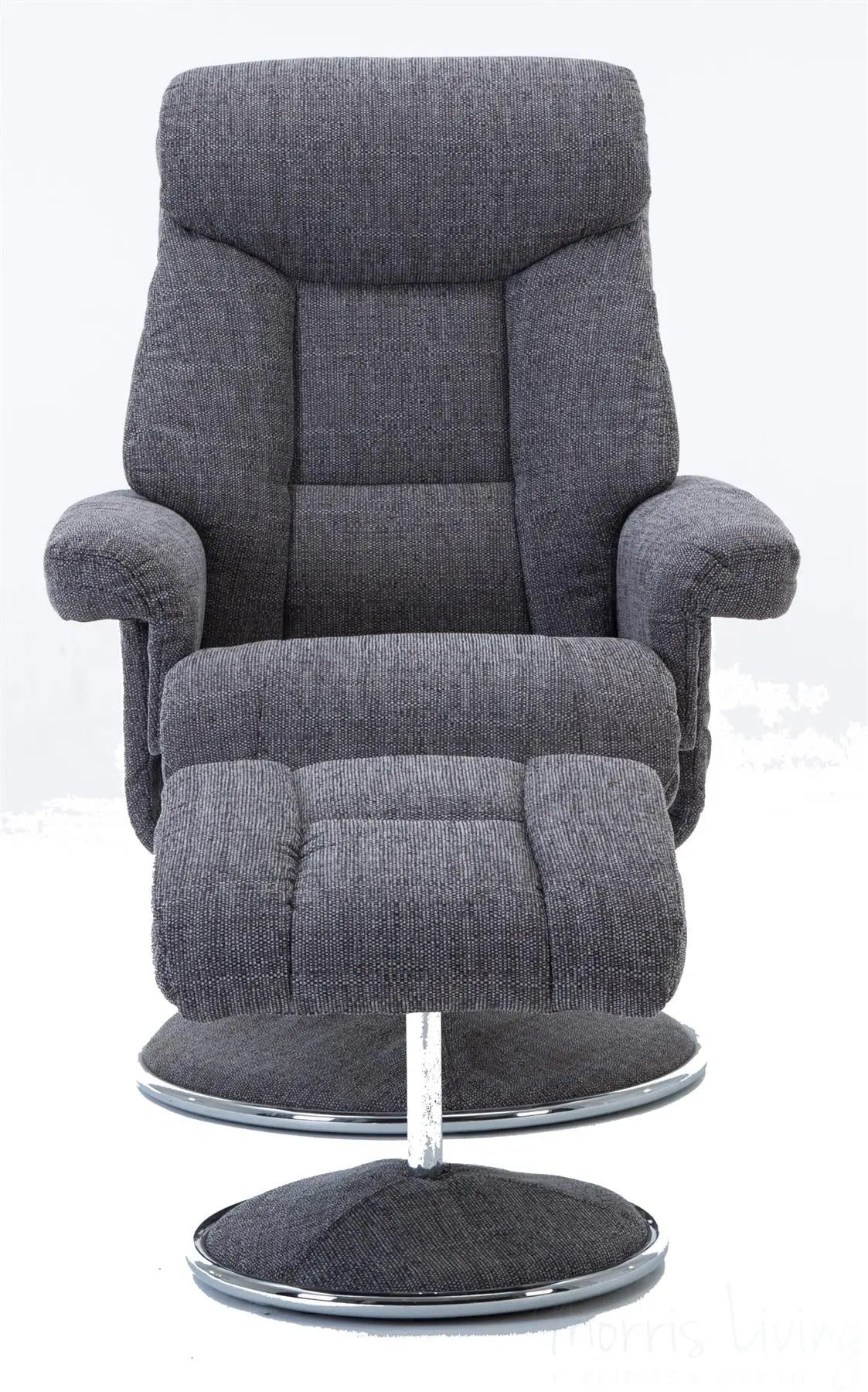
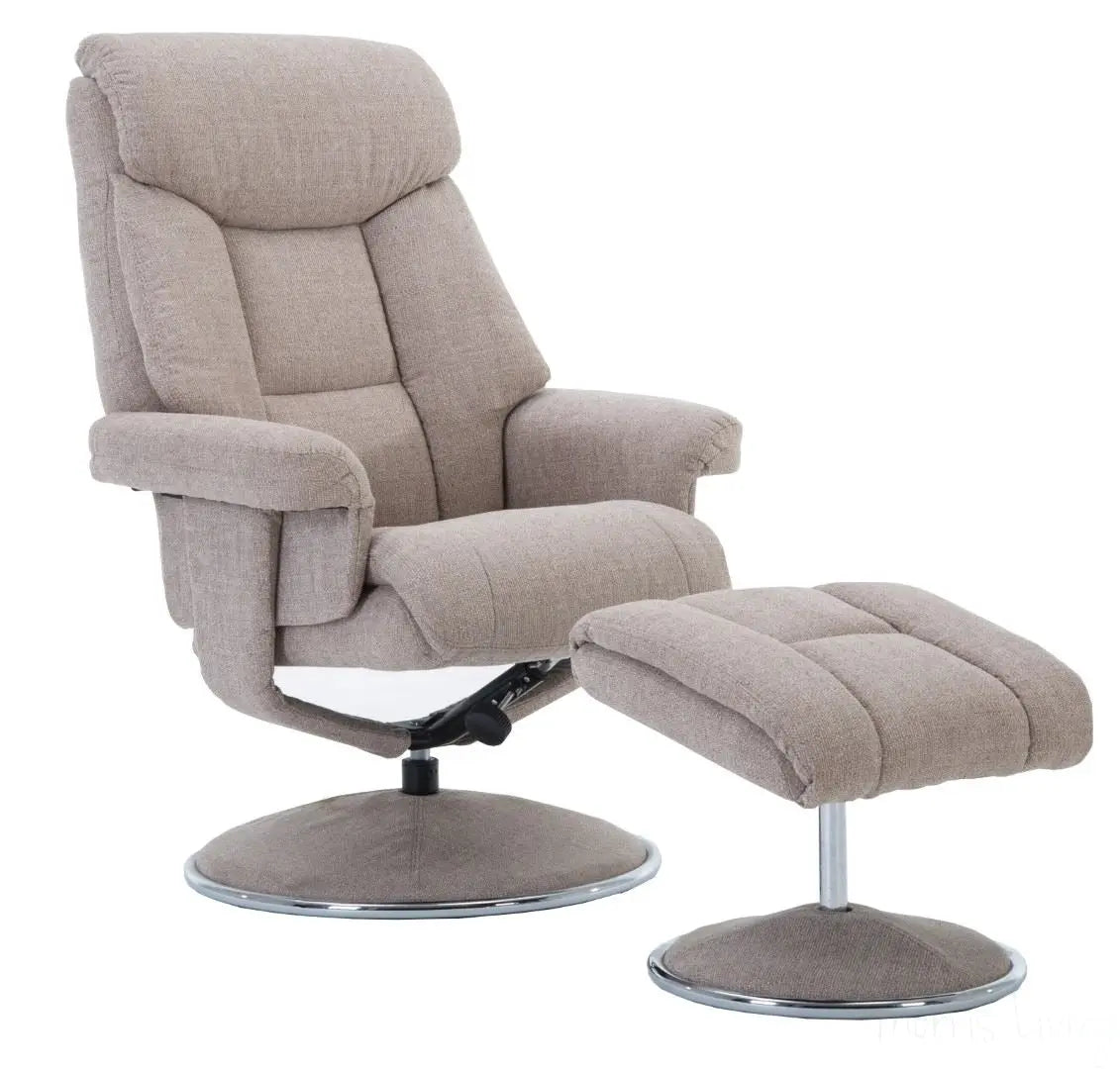
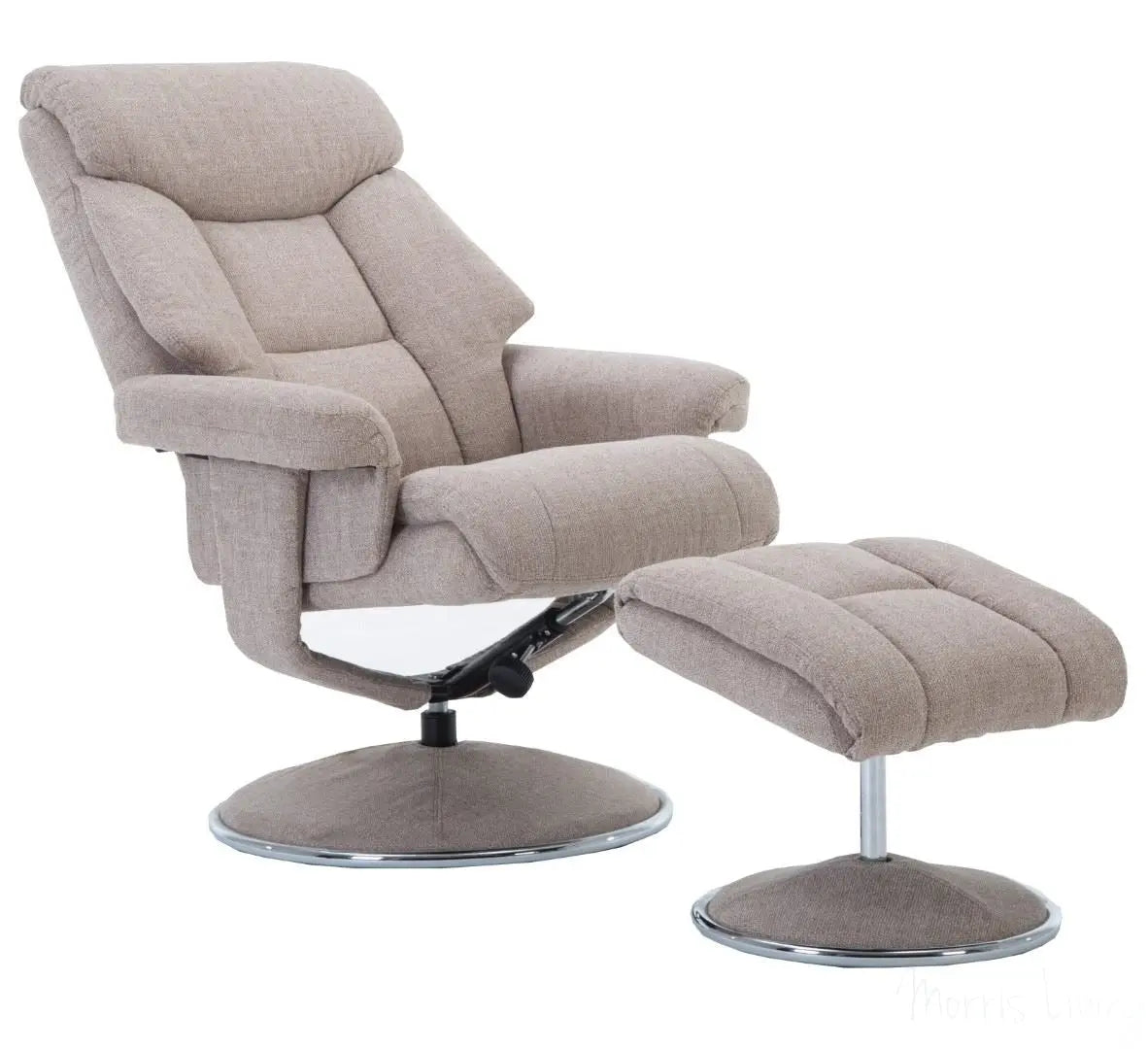

3 Comments
TRACE AND RECOVER STOLEN BITCOIN/USDT/ETHEREUM CRYPTO INVESTMENT: THROUGH THE HACK ANGELS
I am sure. Not everyone has heard about THE HACK ANGELS RECOVERY EXPERT. I recently lost over 870,000 in this cryptocurrency scam after being assured that I would receive a substantial return on my investment within a few days. All of this happened so quickly that I was in shock. My husband almost left me and I was going to lose everything until I came across THE HACK ANGELS RECOVERY EXPERT online who are experts in recovering cryptocurrency funds from these scammers. Less a day of consultation, they were able to retrieve all of my money. I’m very grateful to these guys for saving me from becoming a victim. If you have ever fallen victim to a bitcoin or cryptocurrency fraud, I strongly suggest using THE HACK ANGELS RECOVERY EXPERT to assist you get your money back.
WhatsApp +1(520)200-2320 or shoot them an Email at support@thehackangels.com They also have a great Website at www.thehackangels.com
TRACE AND RECOVER STOLEN BITCOIN/USDT/ETHEREUM CRYPTO INVESTMENT: THROUGH THE HACK ANGELS
I am sure. Not everyone has heard about THE HACK ANGELS RECOVERY EXPERT. I recently lost over 870,000 in this cryptocurrency scam after being assured that I would receive a substantial return on my investment within a few days. All of this happened so quickly that I was in shock. My husband almost left me and I was going to lose everything until I came across THE HACK ANGELS RECOVERY EXPERT online who are experts in recovering cryptocurrency funds from these scammers. Less a day of consultation, they were able to retrieve all of my money. I’m very grateful to these guys for saving me from becoming a victim. If you have ever fallen victim to a bitcoin or cryptocurrency fraud, I strongly suggest using THE HACK ANGELS RECOVERY EXPERT to assist you get your money back.
WhatsApp +1(520)200-2320 or shoot them an Email at support@thehackangels.com They also have a great Website at www.thehackangels.com
HOW I FINALLY GOT MY STOLEN FUNDS BACK // ALL THANKS TO THE HACK ANGELS RECOVERY EXPERT
Have you lost money in a cryptocurrency or online investment scam? Are you desperately searching for help recovering your stolen funds? If you find yourself in such difficulty, get in touch with THE HACK ANGELS RECOVERY EXPERT to recover your scammed funds back. I was devastated when I lost over $975,000 in an investment trading company. I was down because the company refused to let me make withdrawals and kept asking for more money. My friend introduced me to THE HACK ANGELS RECOVERY EXPERT. I was able to recover my money back. They are knowledgeable professionals, and I am grateful for their assistance. You can contact them using the details below
Email: support@thehackangels.com
Website at www.thehackangels.com
WhatsApp +1(520)200-2320
If you’re unsure of what to do next. In a few days, you will see the efforts they took to recover the money they stole from you.